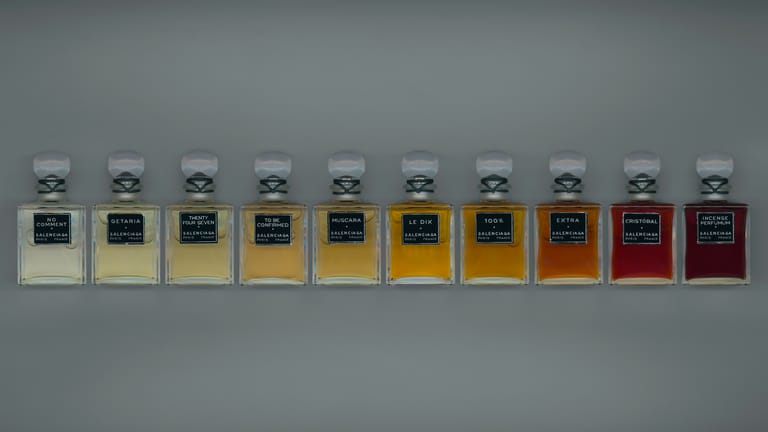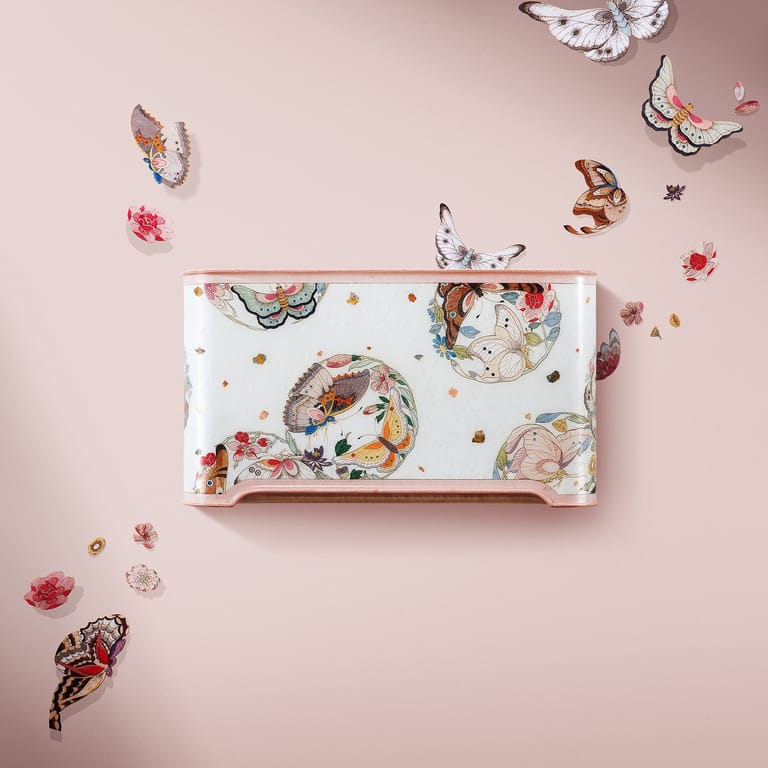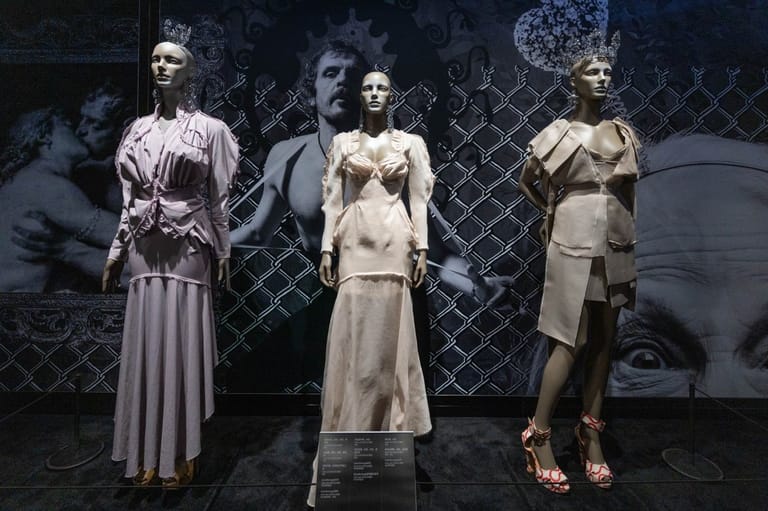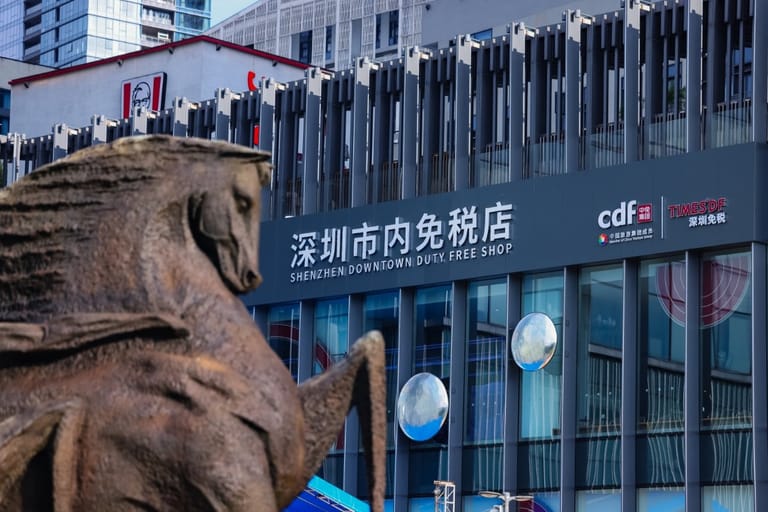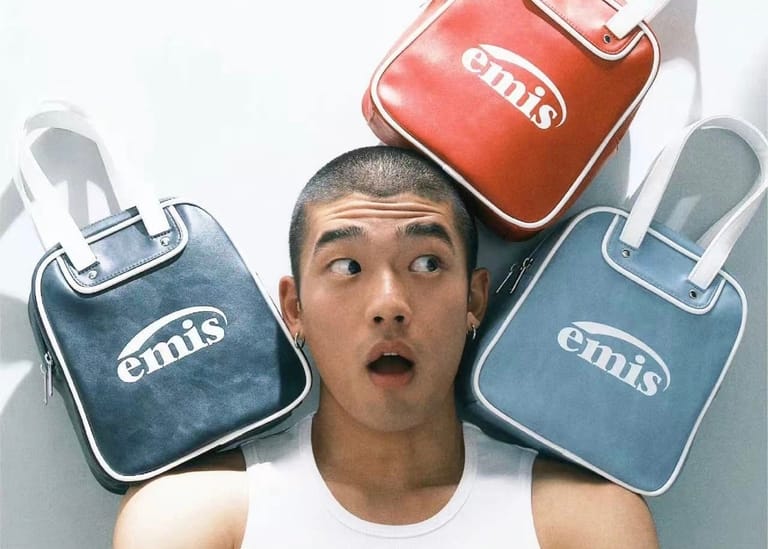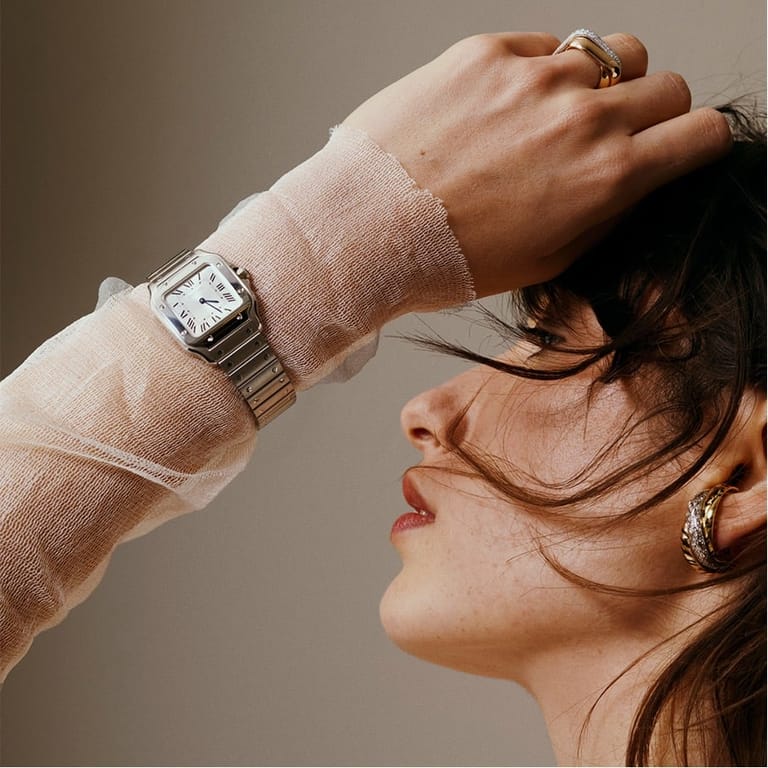Key Forces Defining Neo-Luxury in China
By
Wenzhuo Wu
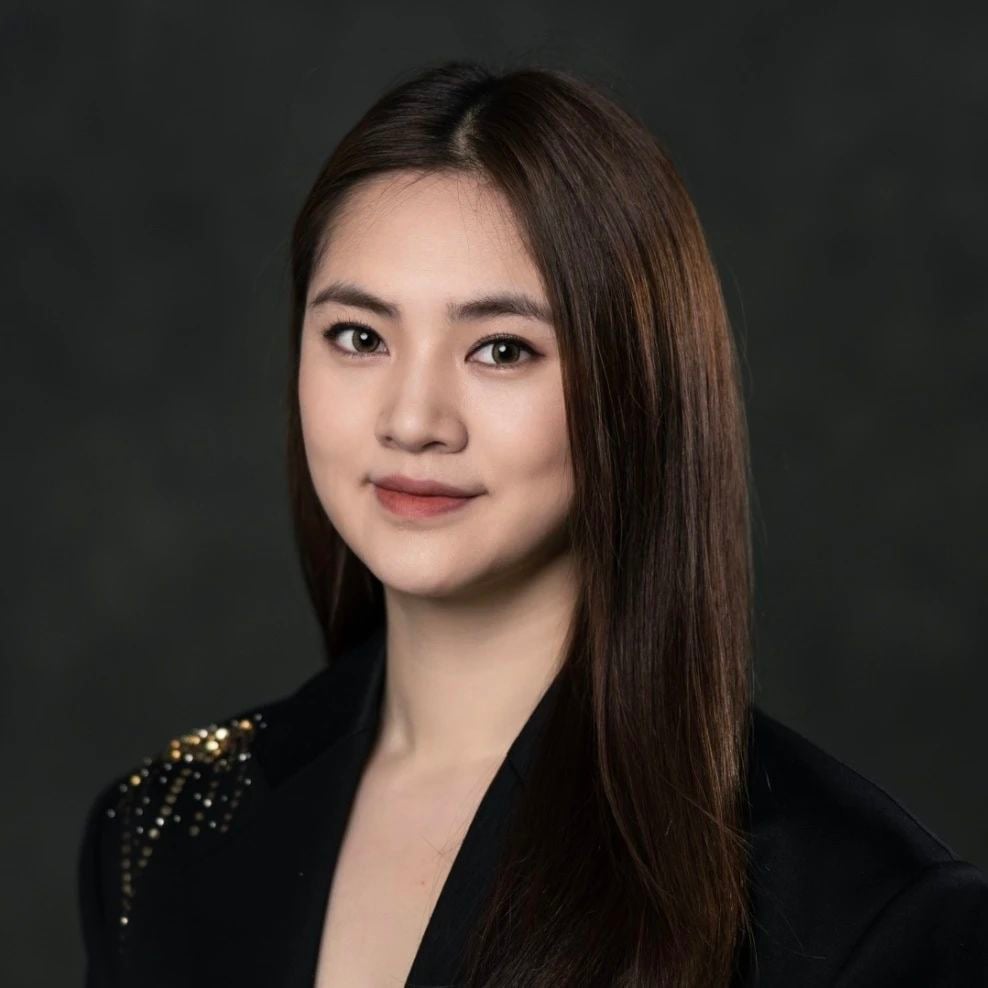
Published on
March 26, 2025

2025 marks the close of the first quarter of the 21st century—a pivotal moment for global consumer markets. Nowhere is this transformation more profound than in China, where luxury is undergoing a radical redefinition. The old playbook of status symbols and conspicuous consumption is fading. In its place, a new standard has emerged: jingzhi (精致).
More than a buzzword, jingzhi signals a profound shift in consumer values—one that prioritizes depth over display, meaning over materialism, and authenticity over artifice. Luxury Through a New Lens: 2025 Jingzhi China Vision Report, developed by Jingzhi Chronicle with insights from 25 leading industry experts, unpacks this evolution and provides a strategic roadmap for brands navigating China’s Neo-Luxury landscape.
For centuries, jingzhi represented meticulous craftsmanship, refined aesthetics, and a cultivated way of life. In today’s China, it has evolved into a broader philosophy—one that informs not just what consumers buy but how they live. This shift challenges the old playbook of luxury, where logos and exclusivity were enough to command loyalty. Now, consumers expect more: purpose-driven design, sustainability, and a narrative rooted in cultural authenticity.
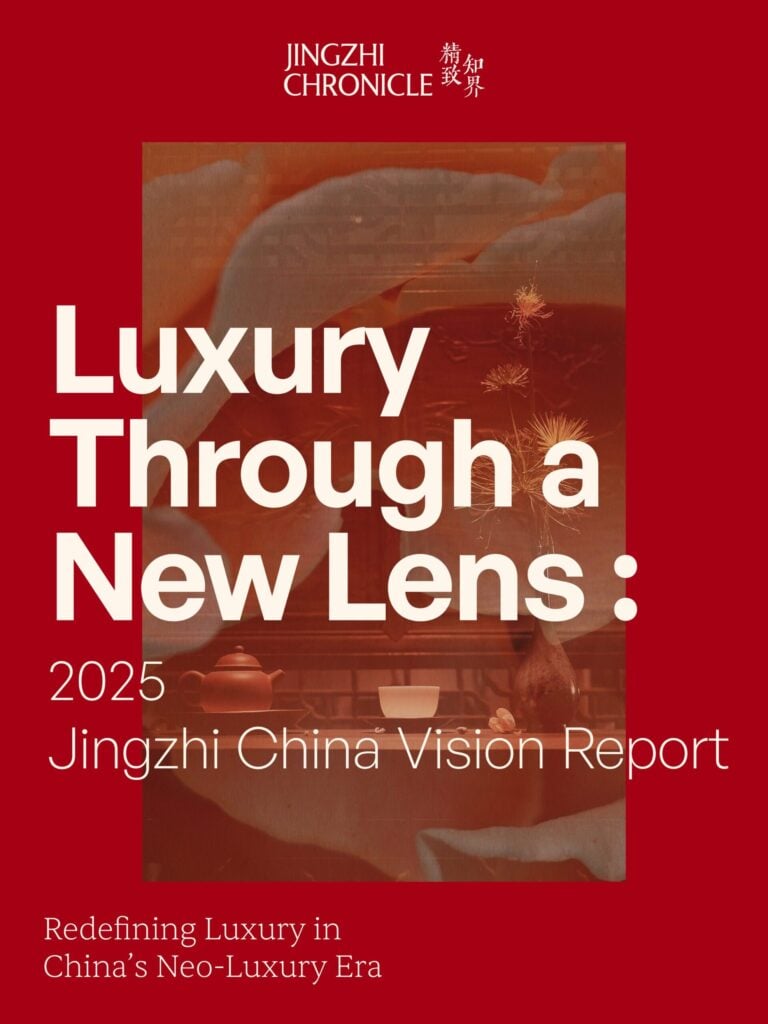
A Market in Flux: The Culture-Driven Luxury
China’s luxury consumers, particularly Millennials and Gen Z, are rewriting the rules of aspiration. The pandemic accelerated this transition, pushing them away from conspicuous consumption and toward a more intentional approach to luxury. According to Mintel research cited in the report, this shift is about more than aesthetics—it’s a fundamental redefinition of value. Today’s consumers are investing in craftsmanship, heritage, and longevity rather than fleeting symbols of wealth.
This shift is also driven by two key forces:
- Mindful Consumption: Younger generations, having grown up in an era of material abundance, are redefining what luxury means. Instead of chasing trends, they are investing in goods and experiences that offer long-term value, emotional connection, and superior craftsmanship. The days of logo-heavy collections and excessive product drops are fading in favor of substance, sustainability, and story-driven purchases.
- Cultural Revival: The resurgence of guochao (国潮), or national pride in homegrown aesthetics, is reshaping the luxury landscape. Chinese brands have significantly elevated their design language and quality standards, integrating Chinese philosophy, artisanal techniques, and locally sourced materials. This repositioning is shifting China from being a consumer of global luxury to a leader in global taste-making.
For brands, this evolution is both a challenge and an opportunity. Those clinging to outdated notions of prestige risk obsolescence. Those that adapt—embedding jingzhi into their DNA—stand to capture a consumer base that is not only loyal but actively engaged.
The Four Forces Defining Neo-Luxury
1. Luxury Travel: The New Playground for Jingzhi
As China’s borders have reopened, high-net-worth Chinese travelers are seeking deeper, experience-driven journeys rather than traditional shopping tourism. The report highlights a move toward boutique stays, cultural immersion, and personalized itineraries over mere retail indulgence. Destinations that blend history, craftsmanship, and exclusivity—whether it’s private access to historical landmarks, curated gastronomy tours, or bespoke fashion and design journeys—are becoming the new benchmarks of luxury.
Luxury hospitality brands are responding by curating high-touch experiences that integrate local craftsmanship and heritage. This shift forces brands to rethink their engagement strategies beyond flagship retail, creating immersive, cross-border brand experiences that cater to this new wave of luxury travelers.
2. Wellness and Longevity as the Ultimate Status Symbols
The concept of jingzhi extends beyond material goods to holistic well-being. Health and longevity are becoming defining elements of modern luxury, with affluent consumers seeking out bespoke wellness programs, functional skincare, and high-performance nutrition.
The report identifies a growing trend of preventive care, where consumers prioritize long-term health investments over short-term indulgences. This is evident in the rise of Traditional Chinese Medicine-inspired beauty formulations, high-end retreats emphasizing mindfulness, and the increasing demand for sustainable, bio-engineered fabrics that promote well-being. Instead of purchasing another handbag, today’s Chinese consumers may instead invest in cryotherapy, biohacking treatments, or a wellness-focused getaway.
3. Luxury’s Expansion Beyond Tier 1 Cities
The next wave of jingzhi consumers is emerging outside China’s traditional luxury capitals. Cities like Chengdu, Hangzhou, and Wuxi are developing sophisticated retail ecosystems, supported by rising disposable incomes and a strong appetite for high-end experiences. The report points to Wuxi’s growing status as a jingzhi hub, where local craftsmanship, sustainability, and slow living are shaping consumer expectations.
Unlike in Beijing and Shanghai, where luxury consumption is highly brand-conscious, these new markets emphasize experiential and personalized luxury. Luxury brands must tailor their approach—offering hyper-localized products, deeper cultural integration, and retail experiences that resonate beyond conventional Tier 1 strategies.
4. Technology Meets Artisanal Craftsmanship
Innovation and tradition are no longer at odds. The report illustrates how AI and digital tools are redefining luxury by enhancing personalization and deepening craftsmanship. Shanghai Jahwa, for instance, has pioneered AI-driven R&D, mining ancient herbal beauty formulas to create scientifically optimized skincare solutions. Similarly, the fragrance industry is leveraging AI to formulate scents that adapt to individual body chemistry, bringing a new level of personalization to luxury consumption.
Luxury is increasingly about precision—whether in a tailor-made serum formulated using AI-backed skin diagnostics or a digitally crafted bespoke suit. The most refined products are not only beautiful but also intelligent, seamlessly blending heritage techniques with cutting-edge technology.
The Jingzhi Playbook for Brands
Success in China’s evolving luxury market requires more than adaptation—it demands a rethinking of the very foundation of what luxury means. The 2025 Jingzhi China Vision Report outlines six key pillars defining the Jingzhi Success Framework:
- Craftsmanship (精制): A dedication to heritage, innovation, and social responsibility.
- Quality (精质): Excellence across all consumer touchpoints, ensuring a refined experience.
- Authenticity (精挚): A commitment to cultural sincerity and localized engagement.
- Commitment (精至): Long-term investment in sustainability, innovation, and community.
- Intelligence (精智): Deep market understanding, strategic agility, and data-driven adaptation.
- Vision (精志): A clear, forward-thinking ambition that aligns with the future of Chinese luxury.
China’s Neo-Luxury evolution is not a trend—it is a fundamental shift in consumer behavior. As the report underscores, brands can no longer afford to react passively. They must lead with intention, offering products and experiences that align with the new definition of aspiration: one rooted in refinement, heritage, and long-term value.
The Jingzhi Era is already here. The question is: which brands will rise to meet it?
Discover the full report to learn more about the insights from 25 experts and case studies demonstrating the Jingzhi Success Framework.




